What is the tolerance range of precision screws?
What is the tolerance range of precision screws?
Service Hotline
+86760-8787 8587We have more than ten years of production experience in the screw industry, the main products are: ledger screw rivets, one-way anti-disassembly screws, pure titanium screws and titanium nuts, furniture thin head hexagon socket chamfered screws, locking washers, flat head torx bolts, flat top Screws, non-slip lock nuts, blackened fine-tooth screws, decorative caps, left-toothed reverse nut, M-type insert type V-type pressure point type, hexagonal long nut, trademark nameplate rivets, bearing spring washers, etc. Due to the different materials and specifications of the products, the prices are also different, if necessary, please contact us.


The national standard name of the cross recessed small pan head three combination screw is the cross recessed small pan head screw, the spring washer and the flat washer assembly. The national label is GB/T9074.8-1988. This 1988 refers to the year, that is, this standard is the standard issued by the country in 1988. The specifications of the cross recessed small pan head three combination screws, the company's minimum is M2.5, the shortest is 5mm, the largest is M10, and the longest is 90mm.
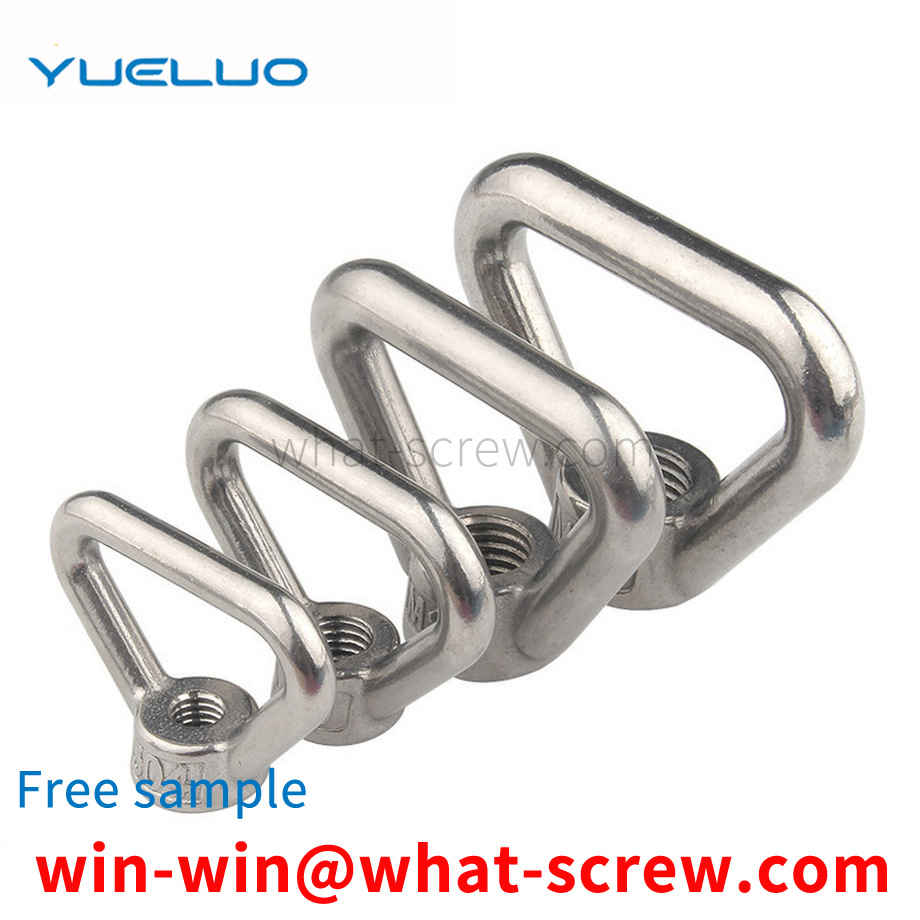
Fasteners are widely used in nuclear power plant safety systems and equipment, and undertake the functions of component connection, pressure sealing box support and fixation, and their quality and performance play an important role in nuclear power plant safety systems and equipment performing nuclear safety functions. None of the special fasteners for nuclear power in the prior art have protective sleeves, which cannot protect the exposed part of the bolt shank. In order to solve the above difficulties, it is necessary to develop a fastener stud nut washer set that can protect the exposed part of the bolt shank.
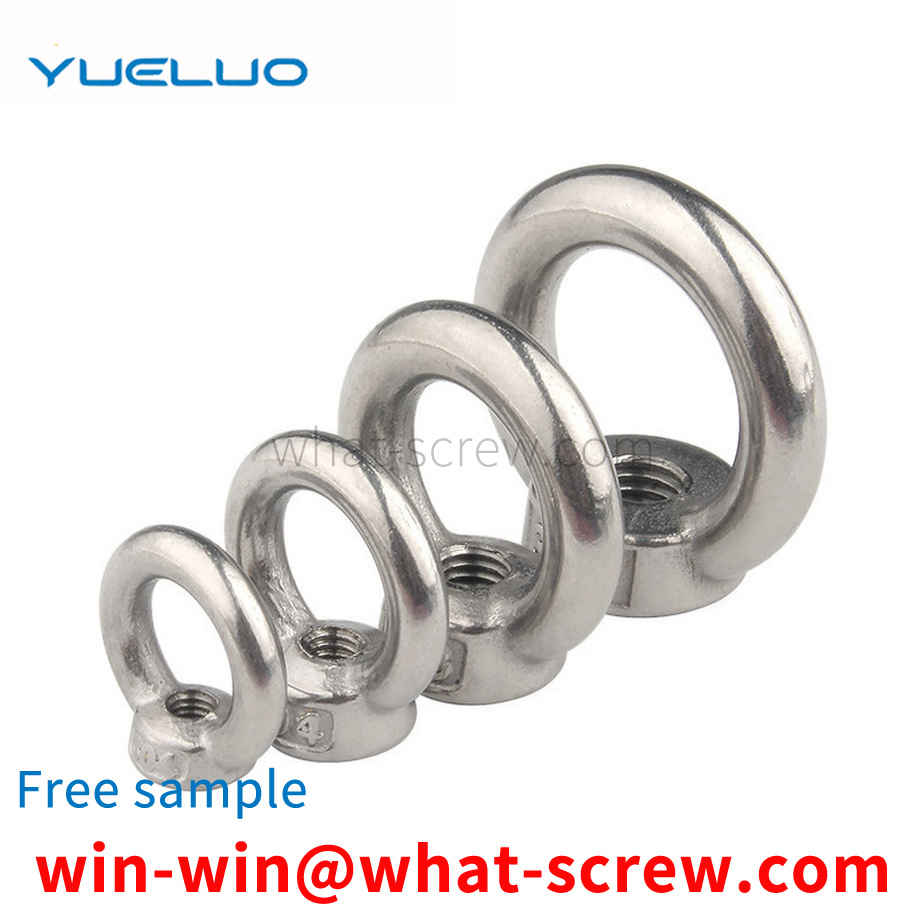
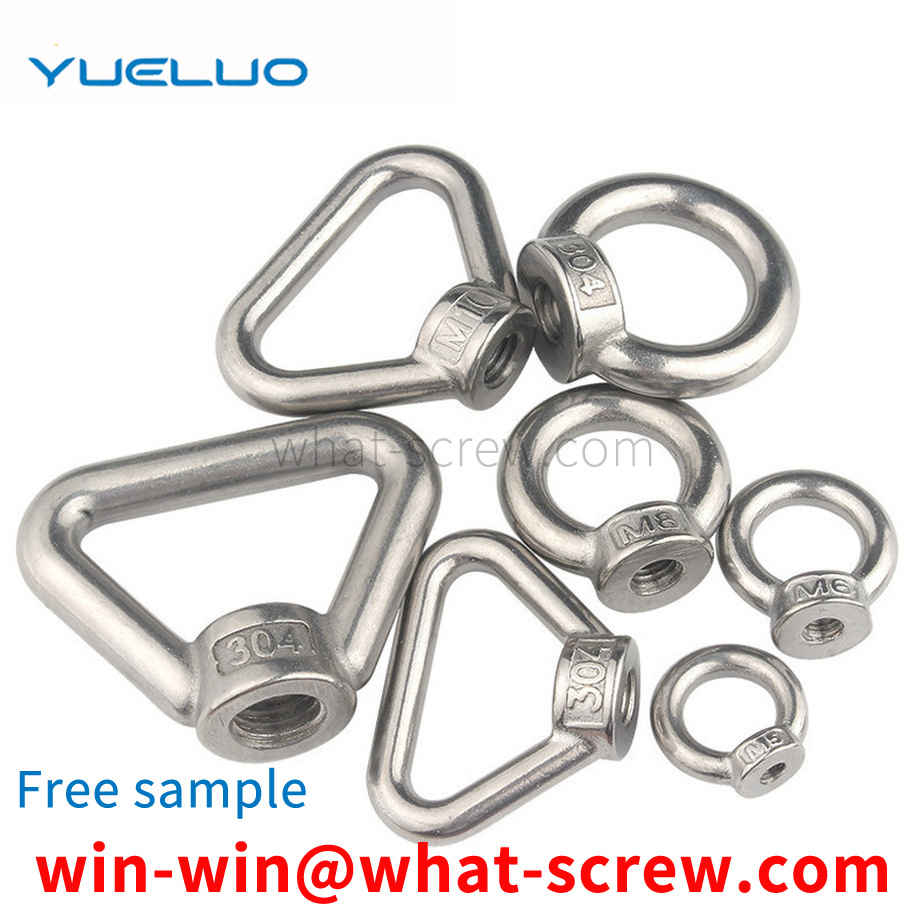
The traditional gasket is a single-piece gasket that works independently. This gasket mainly relies on friction to achieve the anti-loosening effect. The new washer is composed of two pieces. Its unique embedded structure changes the way that the traditional washer mainly achieves anti-loosening through friction. Instead, it adopts the most advanced anti-loosening technology in the world and uses the tension between the two gaskets to achieve. The dual effect of anti-loosening and tightening.
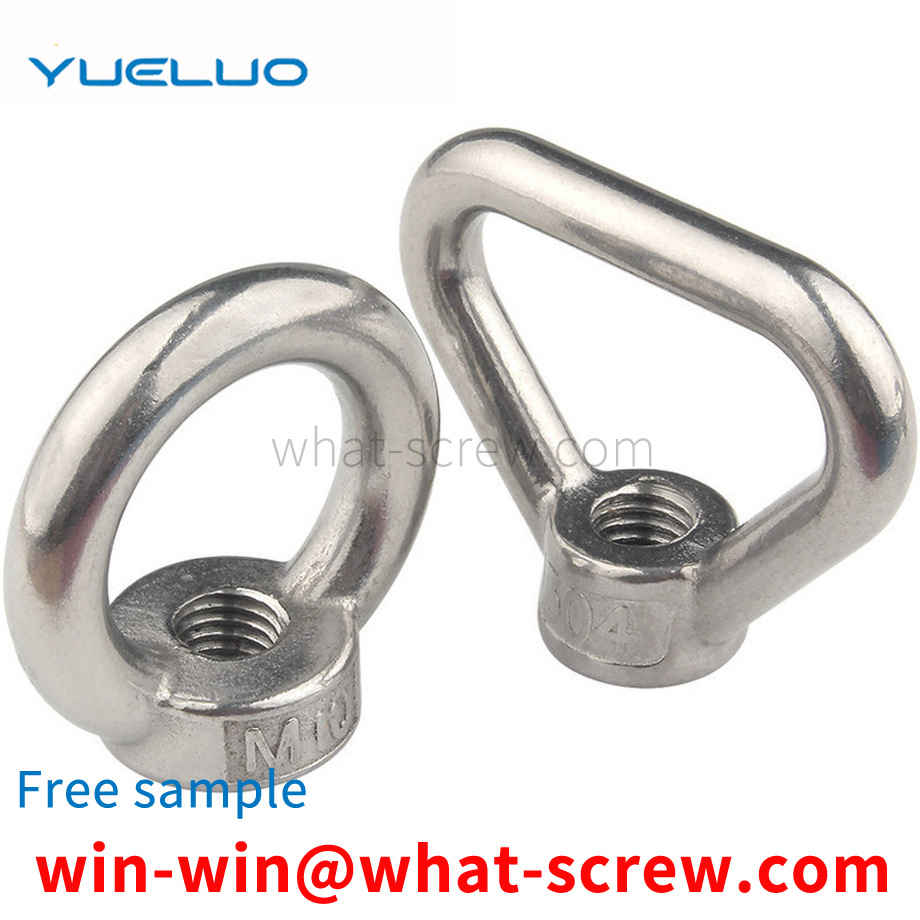
The quality of electroplating is measured primarily by its corrosion resistance, followed by appearance. Corrosion resistance is to imitate the working environment of the product, set it as the test condition, and perform a corrosion test on it. The quality of electroplating products shall be controlled from the following aspects: 1. Appearance: Partial uncoated, scorched, rough, gray, peeling, crusted, and obvious stripes are not allowed on the surface of the product, and pinholes, pitting, and black plating are not allowed. Slag, loose passivation film, cracks, peeling off and serious passivation marks. 2. Coating thickness: The operating life of fasteners in corrosive atmosphere is proportional to its coating thickness. The general recommended thickness of economical electroplating coating is 0.00015in ~ 0.0005in (4 ~ 12um). Hot-dip galvanizing: the standard average thickness is 54 um (43 um for diameter ≤ 3/8), and the minimum thickness is 43 um (37 um for diameter ≤ 3/8). 3. Coating distribution: With different deposition methods, the aggregation method of the coating on the surface of the fastener is also different. During electroplating, the coating metal is not uniformly deposited on the peripheral edge, and a thicker coating is obtained at the corners. In the threaded portion of the fastener, the thickest coating is located on the thread crest, gradually thinning along the flank of the thread, and the thinnest deposit is at the bottom of the thread, while hot dip galvanizing is just the opposite, the thicker coating is deposited on the inside corners and On the bottom of the thread, mechanical plating tends to deposit the same metal as hot-dip plating, but is smoother and has a much more uniform thickness over the entire surface [3]. 4. Hydrogen embrittlement: During the processing and processing of fasteners, especially in the pickling and alkali washing before plating and the subsequent electroplating process, the surface absorbs hydrogen atoms, and the deposited metal coating then traps hydrogen. When the fastener is tightened, the hydrogen is transferred towards the most stressed parts, causing the pressure to build up beyond the strength of the base metal and producing microscopic surface cracks. Hydrogen is particularly active and quickly seeps into the newly formed fissures. This pressure-rupture-penetration cycle continues until the fastener breaks. Usually occurs within a few hours after the first stress application. To eliminate the threat of hydrogen embrittlement, fasteners are heated and baked as soon as possible after plating to allow hydrogen to seep out of the plating, typically at 375-4000F (176-190C) for 3-24 hours. Since mechanical galvanizing is non-electrolyte, this virtually eliminates the threat of hydrogen embrittlement, which exists in galvanizing using electrochemical methods. In addition, due to engineering standards, it is forbidden to hot-dip galvanize fasteners with hardness higher than HRC35 (Imperial Gr8, metric 10.9 and above). Therefore, hydrogen embrittlement rarely occurs in hot-dip plated fasteners. 5. Adhesion: Cut or pry off with a solid tip and considerable pressure. If, in front of the blade tip, the coating peels off in flakes or skins, exposing the base metal, the adhesion shall be considered insufficient.
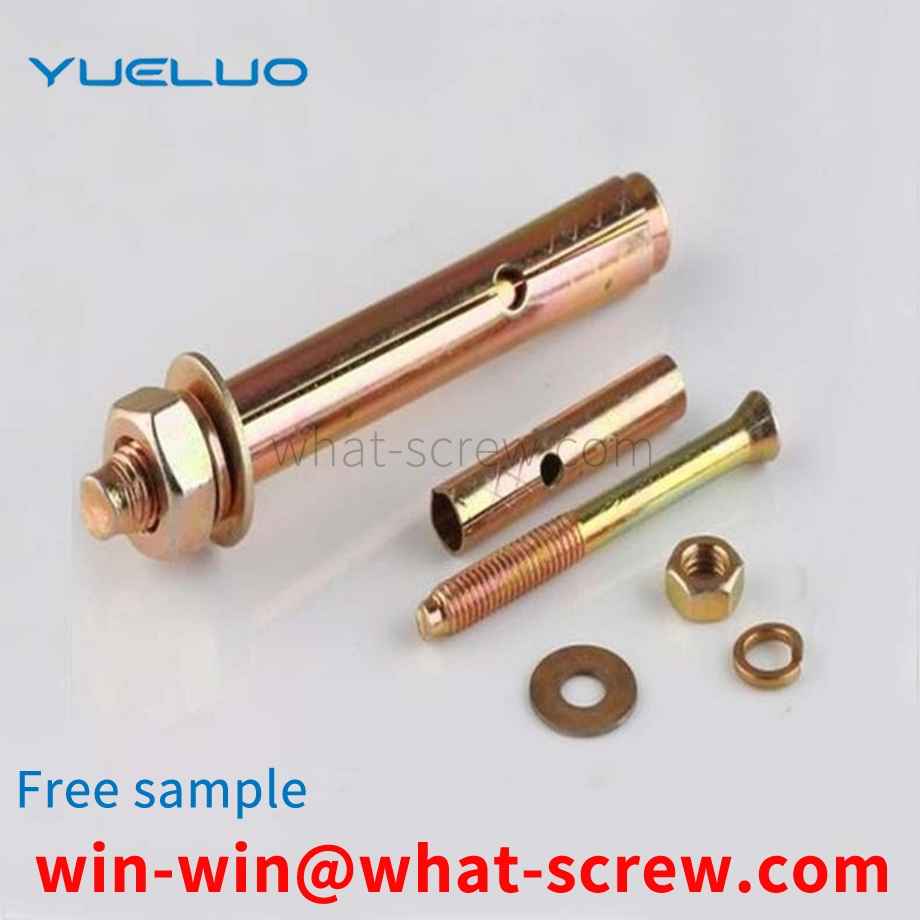
The above content is uploaded by Yueluo or the Internet. If there is any copyright issue, please contact [email protected].

What is the tolerance range of precision screws?

How to choose the right stainless steel screw manufacturer?

Why is there an R angle under the head of the hexagon head s...

We have more than ten years of experience in screw industry ...
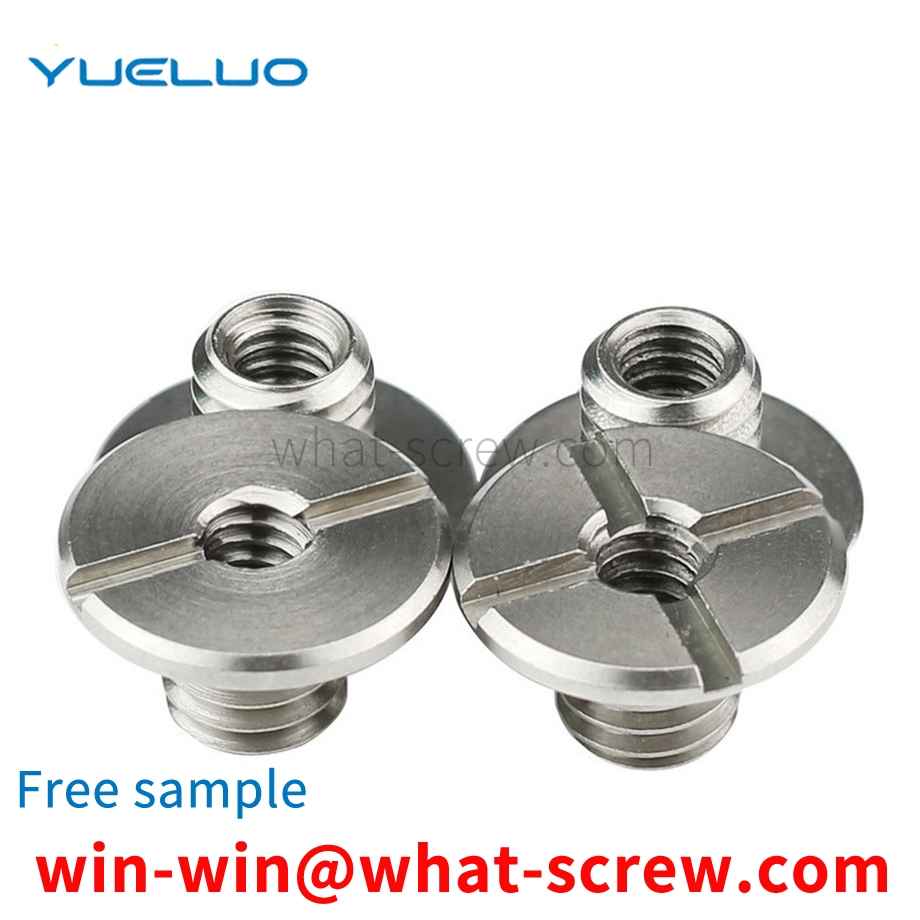
We have more than ten years of experience in screw industry ...
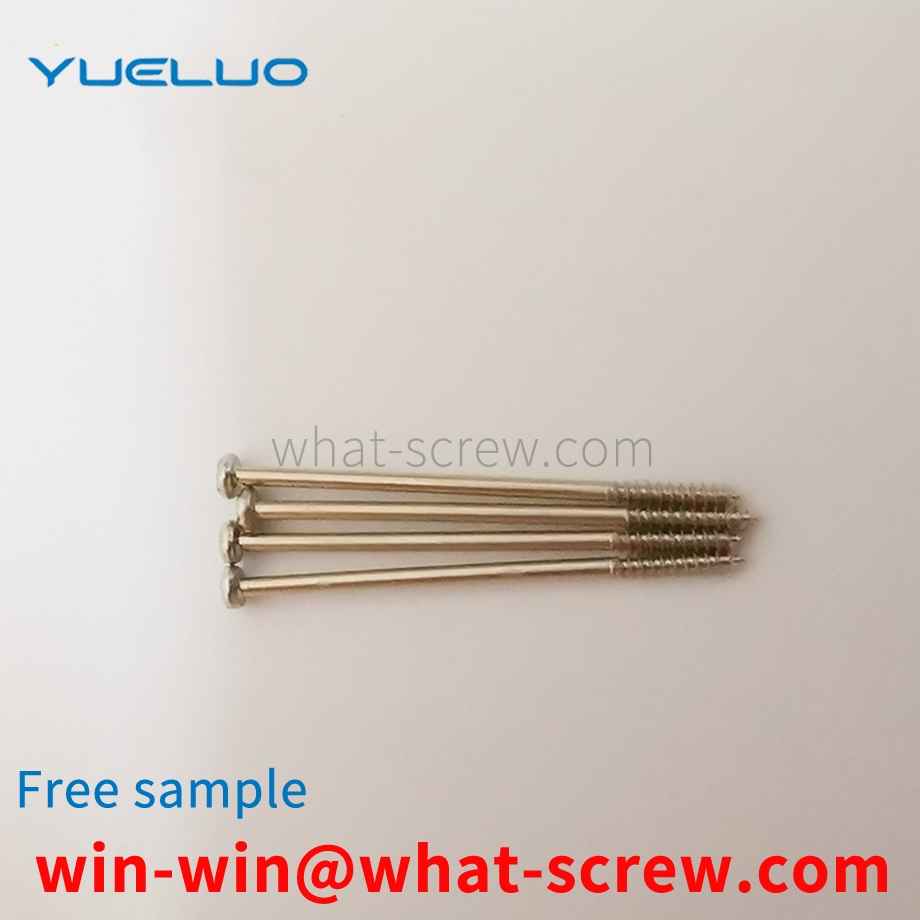
We have more than ten years of experience in screw industry ...
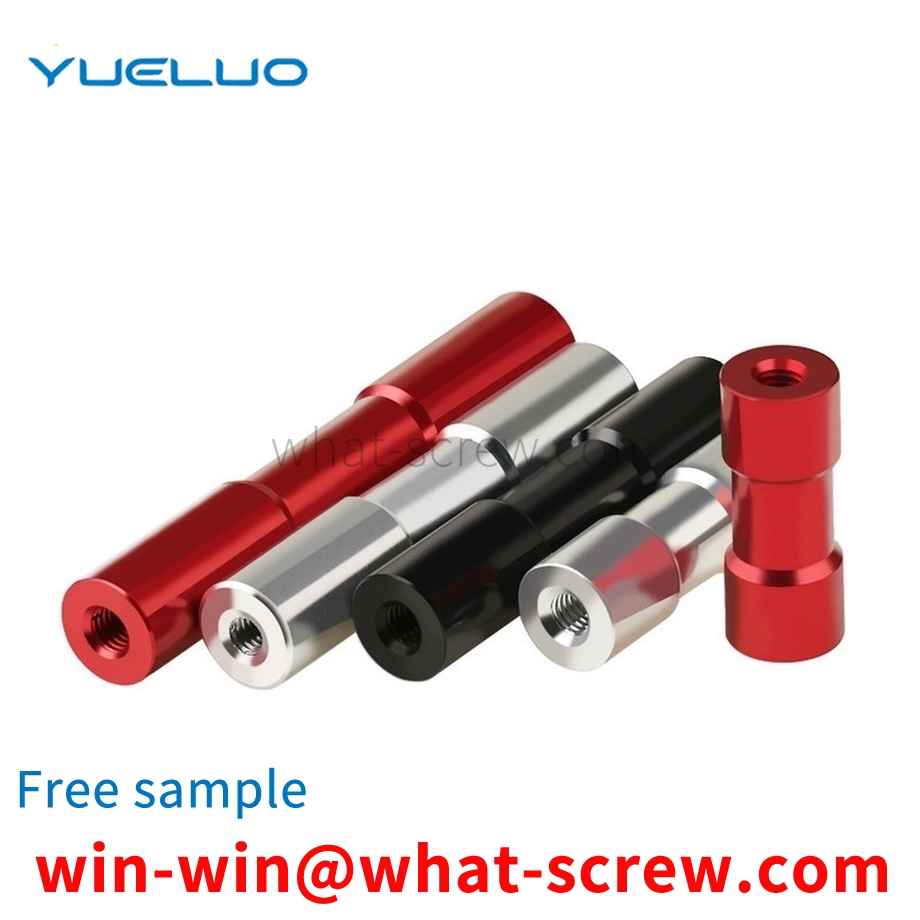
We have more than ten years of production experience in the ...